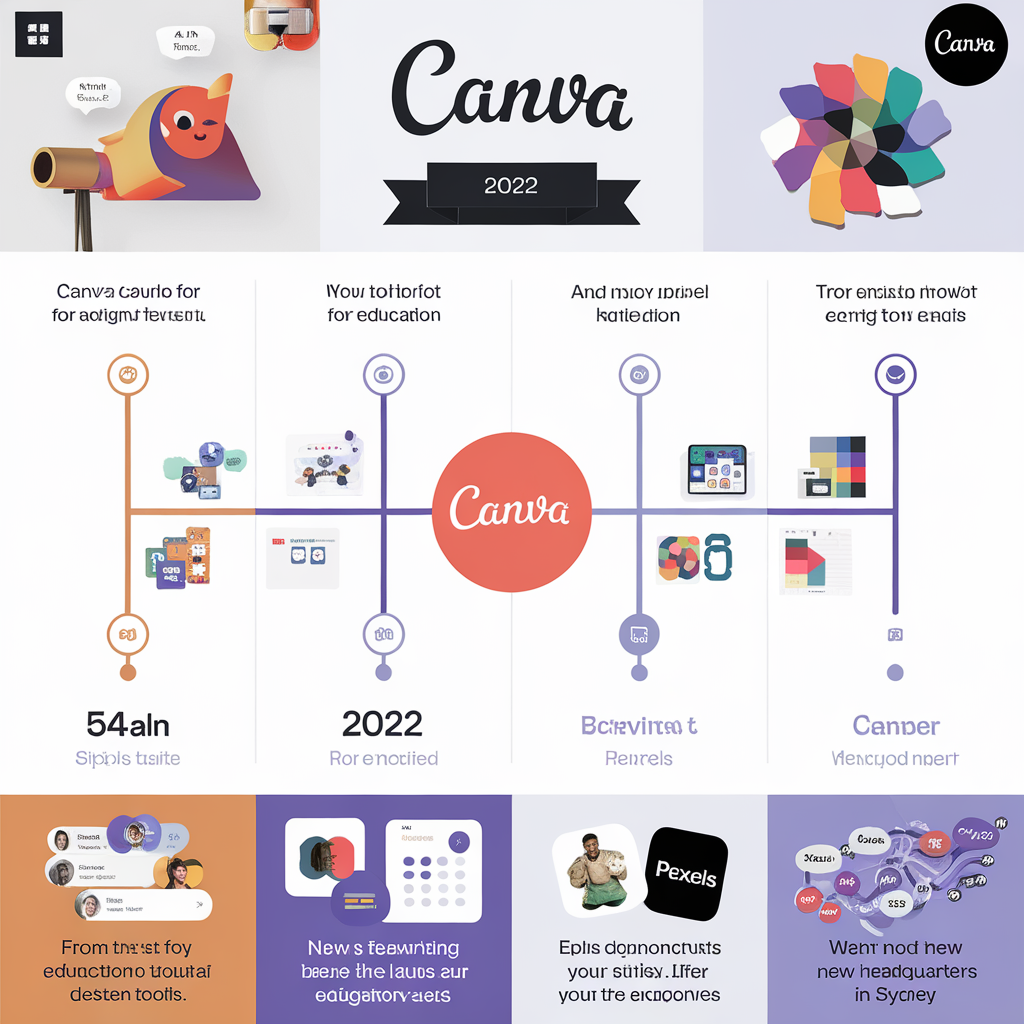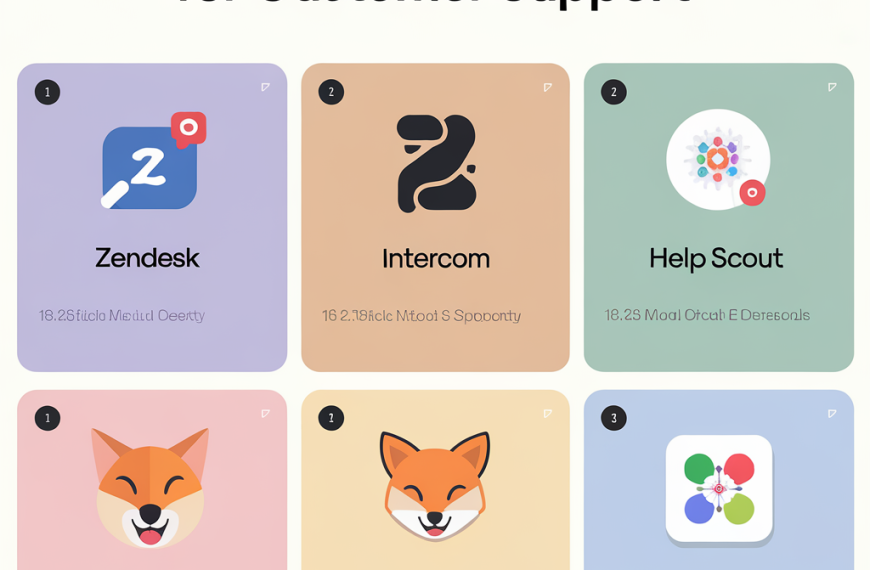The Evolution of Canva: From Startup to SaaS Powerhouse

Introduction: The Vision Behind Canva
In the bustling tech landscape of Sydney, Australia, a revolutionary idea was born in 2013. Canva, a graphic design platform, emerged from the vision of three ambitious founders: Cliff Obrecht, Melanie Perkins, and Cameron Adams. Their mission was simple yet profound: to democratize design and make it accessible to everyone, regardless of their technical skills. This blog post delves into Canva’s remarkable journey from a fledgling startup to a SaaS powerhouse, exploring its founding story, growth milestones, business model, market position, challenges, innovations, and future prospects.
Founding Story
Canva’s inception is a testament to the power of innovation and determination. Melanie Perkins and Cliff Obrecht, both with backgrounds in teaching design, recognized a significant gap in the market. They observed the struggles students faced with complex design software and envisioned a tool that simplified the process. Partnering with Cameron Adams, they launched Canva in 2013, setting the stage for a design revolution.
Growth Milestones
Canva’s growth trajectory is nothing short of extraordinary. Here are some key milestones that highlight its rapid ascent:
- 2013: Canva was officially launched, offering a user-friendly platform for creating stunning designs.
- 2014: The company secured $3 million in seed funding, led by investor Bill Tai, propelling its growth.
- 2019: Canva reached a significant milestone with 30 million users worldwide.
- 2023: The platform’s user base skyrocketed to over 170 million, and it achieved an impressive $2 billion in annual revenue.
- 2024: Canva’s valuation soared to $49 billion, solidifying its status as a SaaS giant.
Business Model
Canva’s success can be attributed to its innovative business model. The platform operates on a freemium model, offering basic design tools for free while providing premium features through subscription plans. Revenue streams include subscription fees, corporate plans, marketplace sales, and print services, ensuring a diverse and sustainable income.
Market Position
With a 12.47% market share in the graphics software industry, Canva has established itself as a formidable player. Its widespread adoption by 85% of Fortune 500 companies underscores its strong market presence and the trust it has garnered among industry leaders.
Challenges and Innovations
Despite its success, Canva has faced its share of challenges. Competition from established players like Adobe, scaling user support, and maintaining product quality have been ongoing hurdles. However, Canva has consistently risen to the occasion with continuous updates, AI integration for design suggestions, and user-friendly features that cater to both professionals and novices.
Future Prospects
Looking ahead, Canva’s future is brimming with potential. The company plans to expand further, focusing on enhancing collaboration tools and integrating with other SaaS platforms. By prioritizing user experience and innovation, Canva is poised to continue its upward trajectory and redefine the design industry.
Conclusion
Canva’s journey from a startup to a SaaS powerhouse is a remarkable story of vision, innovation, and perseverance. Its impact on the design industry is undeniable, and its future prospects are promising. For those seeking a versatile and user-friendly design tool, Canva remains an excellent choice. Explore Canva today and unleash your creativity.
SEO Strategy
- Primary Keyword: Canva history
- Secondary Keywords: Canva growth, SaaS success stories, graphic design tools, Canva business model, Canva challenges, future of Canva
Categories
- Software Reviews (ID: 6)
- Marketing Tools (ID: 13)
- Trending Insights (ID: 10)


 By
By










